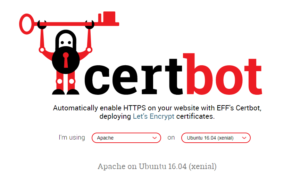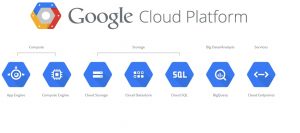After the success of Amazon Web Services another big cloud services provider, Google, didn’t take long to implement their own service infrastructure. Truthfully, Google was offering different independent services for users and developers alike, many of which were related with their flagship service: the search engine.
The search engine giant has reorganized their cloud computing services within one same platform. Google has made the effort to manage different products simultaneously which up until recently they offered separately, giving users the same entry point to management and billing tasks as well as support of different services. Logically, it can be easily included within other Google services, such as Google Apps, GMail, etc.
Let’s take a look at Google Cloud’s console
- Compute Engine
It allows to build virtual machines of any type within Google’s infrastructure. We can define the necessary resources and in mere minutes our VPS is fully operational. It’s the equivalent of AWS EC2 sevice. Through Cloud Launcher we can pick from a wide array of images ready to function with different operating systems and applications. - App Engine
It allows to allocate applications under the same infrastructure used by Google. This is oriented towards the quick development of apps whilst they are dinamically adapted to large variations on their workload, without needing to worry about managing the infrastructure they are built upon. In some ways it’s the equivalent to the AWS Lambda service. - Cloud Storage
It allows us to store a virtually unlimited amount of folders of great size (up to 5TB), in order to offer them afterwards with great performance and availability. It’s the equivalent to Amazon S3 - Cloud DataStore and Cloud SQL
These offer a service of linkable and non SQL databases in the cloud. It grants access to replicated databases with big availability, without needing to worry about a great chunk of management of these. Its direct competitor is Amazon RDS - VPC Web
We can manage every aspect related to the access to our instances with this service. - Web Services
We can manage our DNS and CDN zones.




